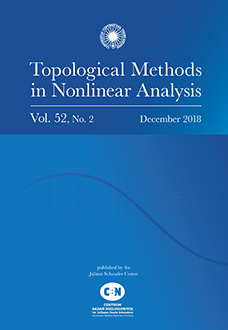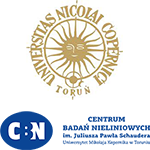Abstract
In this partly expository paper we discuss conditions for the global injectivity of $C^2$ semi-algebraic local diffeomorphisms $f\colon \mathbb{R}^n \to \mathbb{R}^n$. In case $n> 2$, we consider the foliations of $\mathbb{R}^n$ defined by the level sets of each $n-2$ projections of $f$, i.e. the maps $\mathbb{R}^n \to \mathbb{R}^{n-2}$ obtained by deleting two coordinate functions of $f$. It is known that if the set of non-proper points of $f$ has codimension greater than or equal to $2$ and the leaves of the above-defined foliations are simply connected, then $f$ is bijective. In this work we relate this simply connectedness with the notion of locally trivial fibrations. Then some computable regularity conditions at infinity ensuring such simply connectedness are presented. Further, we provide an equivalent statement of the Jacobian conjecture by using fibrations. By means of examples we prove that the results presented here are different from a previous result based on a spectral hypothesis. Our considerations are also applied to discuss the behaviour of some conditions when $f$ is composed with linear isomorphisms: this is relevant due to some misunderstandings appearing in the literature.
Citation
Francisco Braun. Luis Renato Gonçalves Dias. Jean Venato Santos. "On global invertibility of semi-algebraic local diffeomorphisms." Topol. Methods Nonlinear Anal. 58 (2) 713 - 730, 2021. https://doi.org/10.12775/TMNA.2021.004
Information





